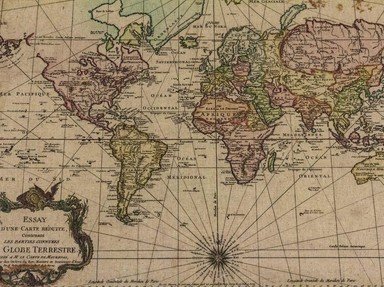Quiz Answer Key and Fun Facts
1. Can you make out where we are going just from studying the name of the ancient city of Persepolis? In Greek it means "the city of the Persians". What country are we visiting?
2. The ancient Persians typically constructed buildings on a raised base or platform. When Persepolis was built, three sides of the city consisted of retaining walls, but the fourth side was built into a mountain. Which one?
3. The ancient Persians had many capitals, including Susa, Babylon, and Ecbatana, which were important administrative centers. Why was Persepolis chosen to be yet another capital?
4. Stories are told that when Persepolis was being built, architects had planned to use a famous wood from Lebanon to make the pillars. What type of wood was imported for the project?
5. Some archaeologists believe that the ancient capital of Persepolis was especially busy during a special time of the year for a celebration called Nowruz. Which astronomical event was celebrated during Nowruz?
6. What type of stone was used in the construction of the ancient city of Persepolis?
7. Which of the following titles describes a ruler who held court at the ancient city of Persepolis?
8. From what ancient city, the location of the tomb of Cyrus the Great, had the capital of the ancient Persians been moved?
9. Which ancient leader may have ordered the destruction of Persepolis based on an old grudge?
10. So the destruction of the city of Persepolis began in 330 BC. What natural phenomenon, however, has also aided in its demise?
Source: Author
ponycargirl
This quiz was reviewed by FunTrivia editor
spanishliz before going online.
Any errors found in FunTrivia content are routinely corrected through our feedback system.

